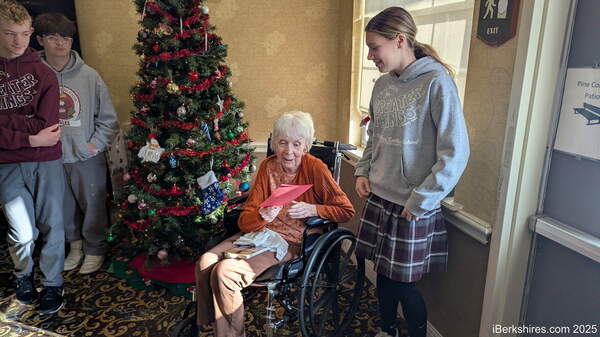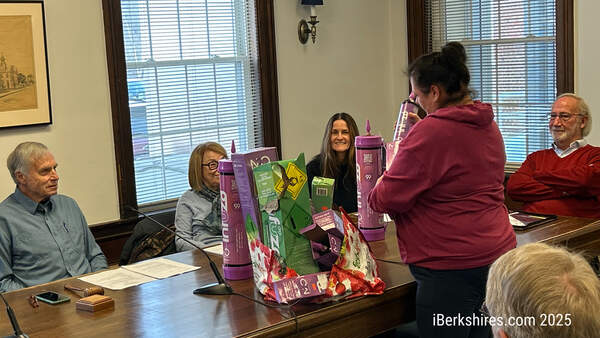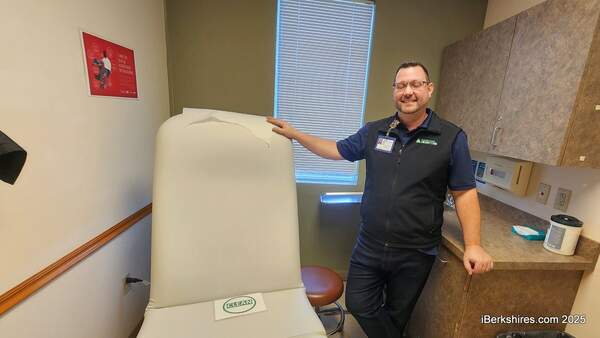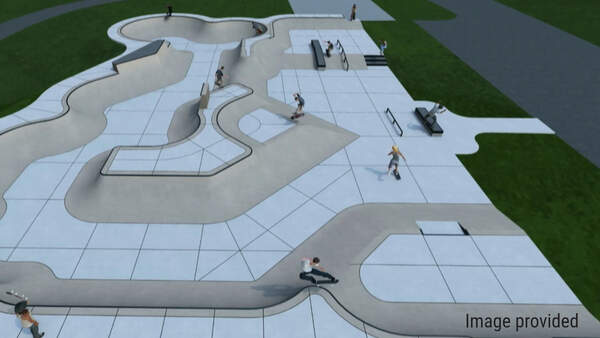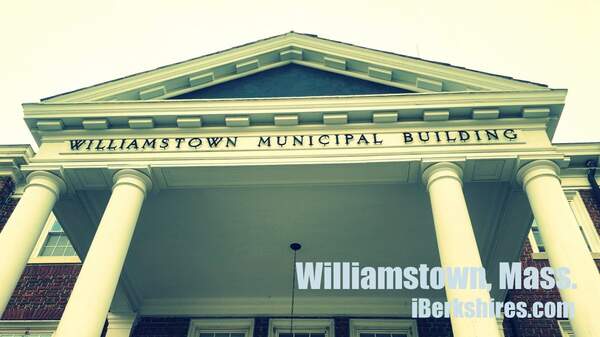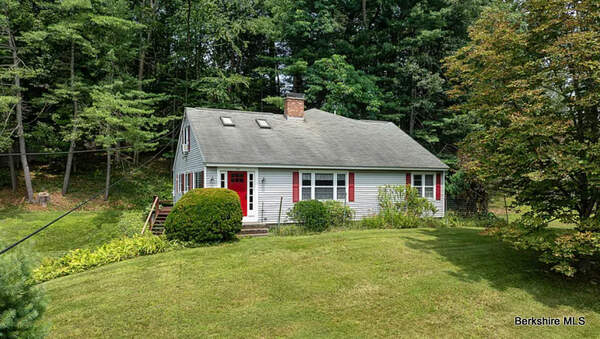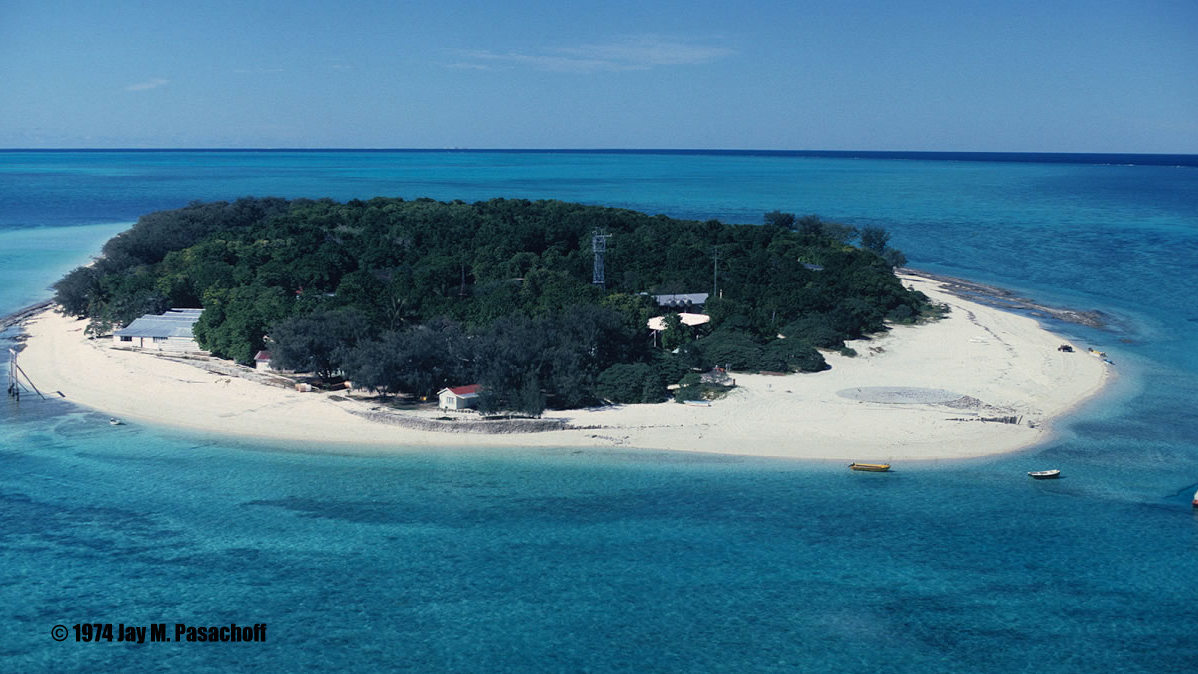
Williams College Astronomer's Photo Has Left the Solar System
.jpg)
WILLIAMSTOWN, Mass. — NASA is celebrating the 40th anniversary of two spacecraft, Voyager 1 and 2, that were launched toward Jupiter and Saturn, which they reached in 1979 and 1980, respectively. Voyager 2 went on to Uranus and Neptune, passing Neptune in 1989. Since then, they have continued outward, one even leaving the solar system.
Each of the Voyagers contains a golden record that contains 115 photographs, greetings in many languages, and samples of music from Bach to Chuck Berry. The images are encoded in analog form.
One of the photographs was taken by Williams College astronomer Jay Pasachoff.
"Carl Sagan had the idea for the golden record, and our then-recent Williams College alumna Wendy Gradison was assisting him," Pasachoff said. "I submitted a few photographs on various topics, and two were chosen. The picture that was ultimately launched, in digital form, was taken from a helicopter on my honeymoon. We were approaching Heron Island in the Great Barrier Reef in Australia, and the photo is in a geology sequence since it shows the reef, trees, ocean, beach and other terrestrial features.
"I get requests periodically for my copyright permission to use the photo, most recently for a Kickstarter campaign that has succeeded in making a facsimile edition to mark the anniversary," he said.
A second photo, showing the birth of his first child, did not make the final cut. NASA selected a line drawing instead.
The Heron Island photograph appears on the official Voyager website of NASA's Jet Propulsion Laboratory and is the quadruple-sized image at the right side of the sixth and seventh row. (View them here.) Messages from President Jimmy Carter and from the UN Secretary-General also appear.
Why the golden record? While Sagan thought it was actually to make citizens of Earth reflect on our common humanity, it has been phrased as something for aliens to perhaps pick up one day.
"If they are smart enough to find the spacecraft," Pasachoff said, "they will be smart enough to figure out how to play the record." As Sagan said, "The spacecraft will be encountered and the record played only if there are advanced spacefaring civilizations in interstellar space."
"Not only is it fun to have a photo I took leave the solar system, but also I am proud that on listings of the photos the image two down from mine is by Ansel Adams, perhaps the best nature photographer of all time," Pasachoff said.
The Voyagers are now over 100 times farther from the Sun than our Earth is, with their radio signals taking over 17 hours to reach us. Voyager 1 was launched on September 5, 1977. Voyager 2 was launched 16 days earlier, but on a slower trajectory, so reached Jupiter slightly after Voyager 1.
Tags: Williams College,

